It seems implausible, given the lack of technology at the time of its construction. Yet inside New Delhi's UNESCO-listed Qutb Minar complex—a collection of historical monuments and buildings built in the early 13th century in the city's southern Mehrauli district—the mysterious iron pillar has survived for thousands of years.
It is a giant iron column 7.2 meters high, weighing 6 tons, even older than the complex.
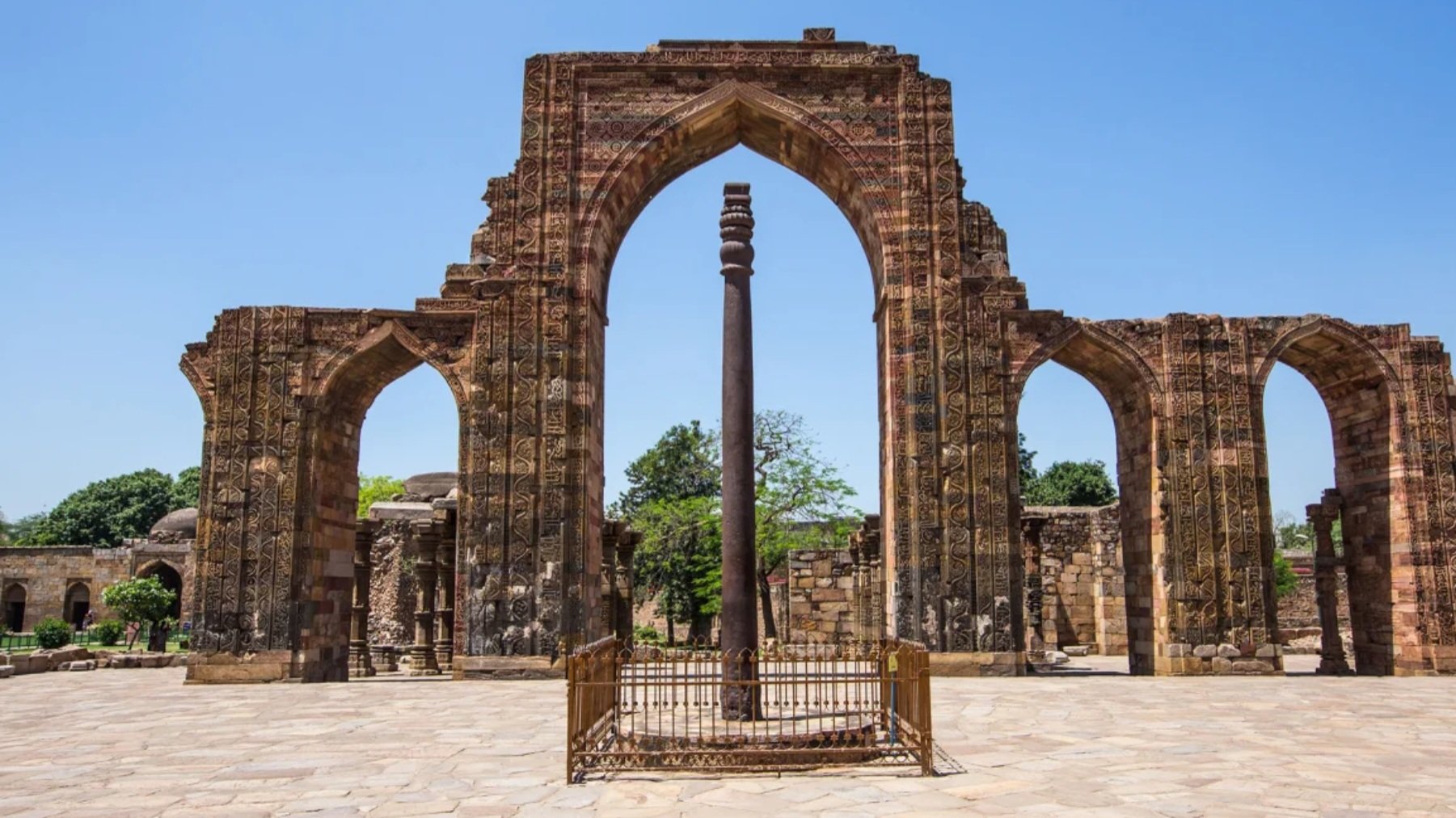
New Delhi's famous iron pillar is located inside the Qutb Minar complex.
PHOTO: Allen Brown
Remarkably, the iron pillar remains as pristine as the day it was forged, defying both time and environmental adversity, including the Indian capital’s extreme temperatures and increasing pollution. Dating back to the 5th century, its incredible vitality continues to captivate visitors to this day.
Normally, iron and iron alloy structures exposed to air or moisture will oxidize over time, causing them to rust unless protected, like the Eiffel Tower, with multiple coats of special paint. Scientists both in India and abroad began studying the Delhi pillar in 1912 to try to figure out why it did not corrode.
It wasn't until 2003 that experts at the Indian Institute of Technology (IIT) in the northern city of Kanpur solved the mystery, revealing the answer in the journal Current Science .
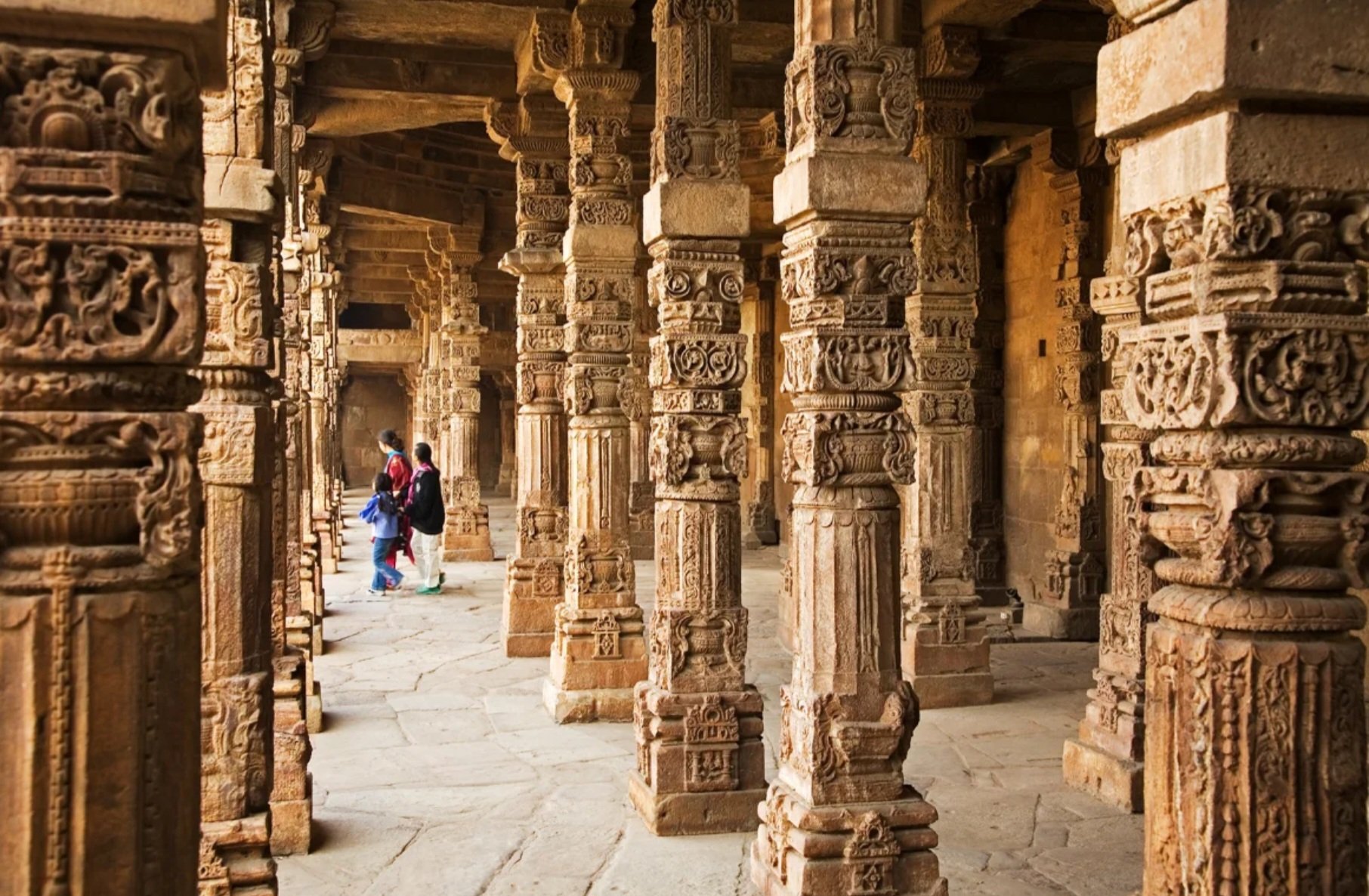
The Quwwat-ul-Islam Mosque is part of the Qutb Minar complex.
PHOTO: Anders Blomqvist
They found that the iron pillars, which were mostly made of wrought iron, had a high phosphorus content (about 1%) and did not contain sulfur and magnesium, unlike modern iron. In addition, the ancient craftsmen used a technique called "forge welding".
This means they heated and hammered the iron, keeping its high phosphorus content intact, a method uncommon in modern times.
This unconventional approach contributed to the iron pillar's lasting durability, said metallurgical archaeologist R. Balasubramaniam, author of the report.
A thin layer of “misawite”, a compound of iron, oxygen and hydrogen, is also found on the surface of the pillar. This layer is formed due to the presence of high phosphorus in the iron and the absence of lime, thus adding to the strength of the pillar.
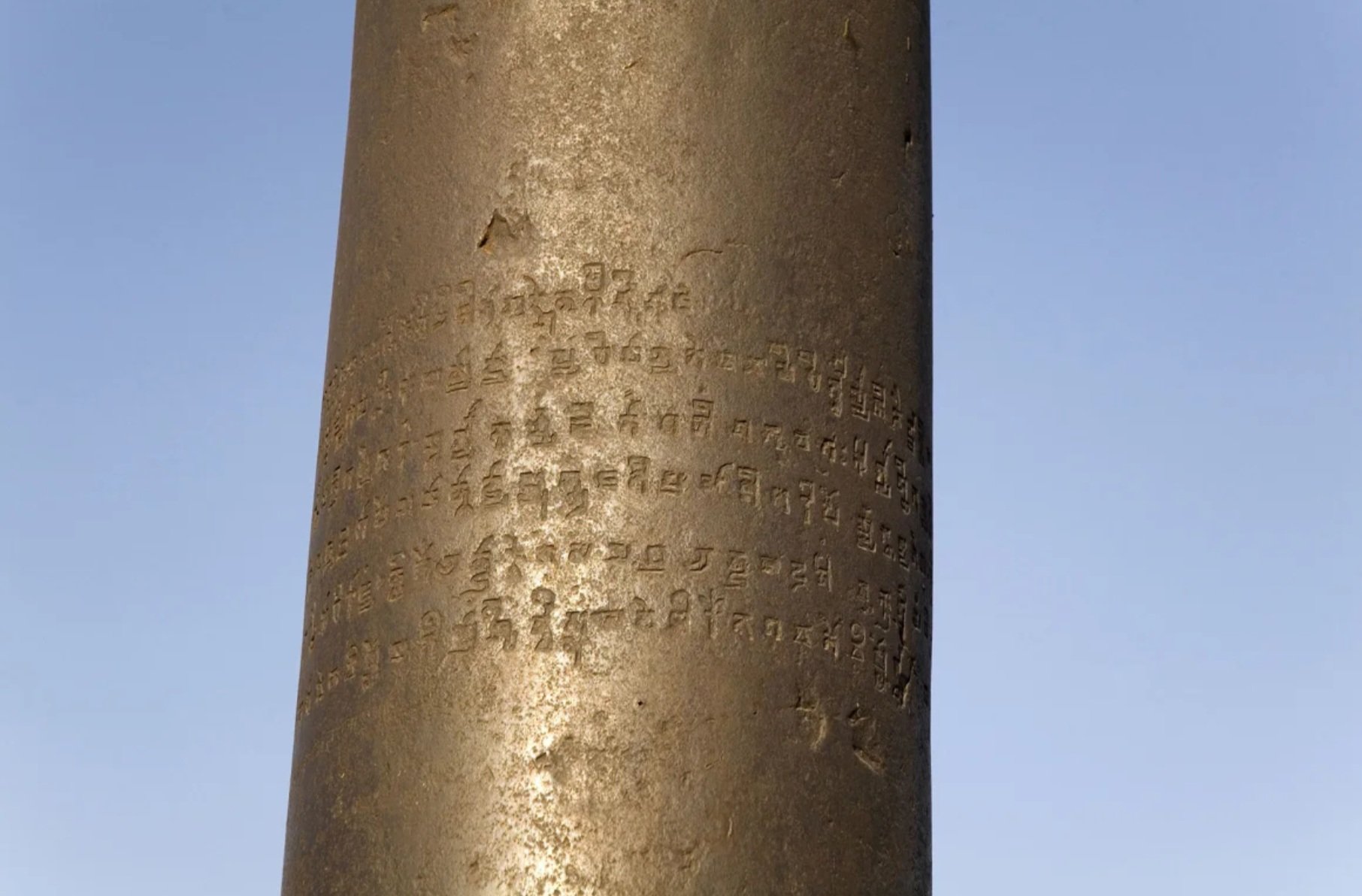
Close-up of the inscription on the iron pillar
PHOTO: Stuart Forster
Balasubramaniam praised the metallurgists for their ingenuity, describing the pillar as "a living testament to India's ancient metallurgical prowess".
Its durability is attested to by historical accounts, including an 18th-century incident when a cannonball fired at the pillar reportedly did not shatter it, demonstrating the impressive strength of this ancient monument.
Apart from its metallurgical appeal, the origin of the iron pillar is also shrouded in mystery. One account dates it to the Gupta Empire, specifically the reign of King Chandragupta II, also known as Vikramaditya, sometime between the 4th and 5th centuries.
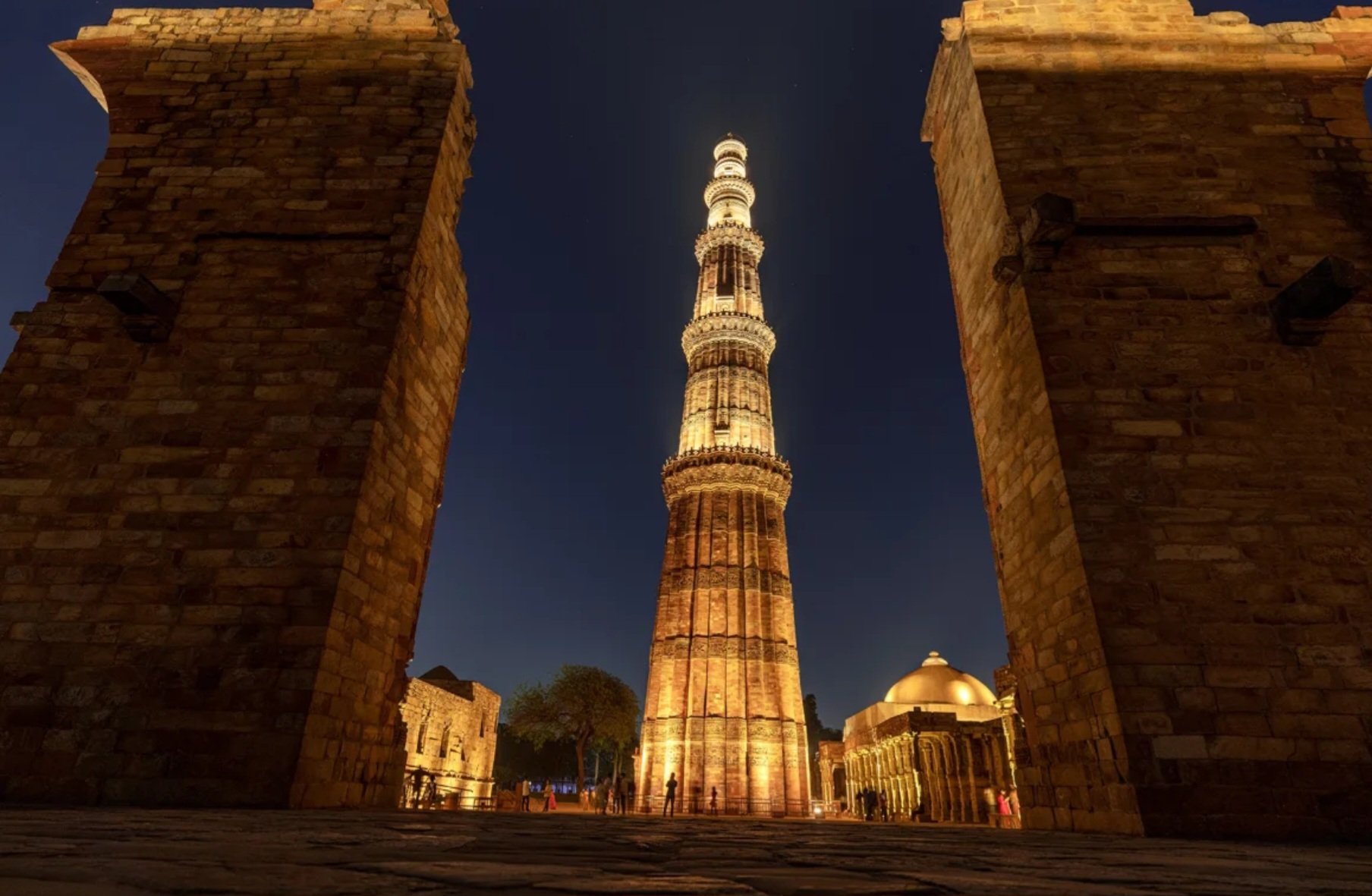
The Qutub Minar complex is named after this red sandstone tower.
PHOTO: Ravi Pratap Singh/iStockphoto
According to this story, the pillar was erected at the Varah Temple of the Udayagiri Caves, near Vidisha in Madhya Pradesh, as a victory monument dedicated to the Hindu god Vishnu. Atop the pillar was once a statue of Garuda, Vishnu's mythical eagle rider, although this statue has been lost to history. There are also many other historical records...
Source: https://thanhnien.vn/bi-an-cot-sat-khong-lo-1600-nam-khong-bao-gio-ri-set-185250517064218536.htm


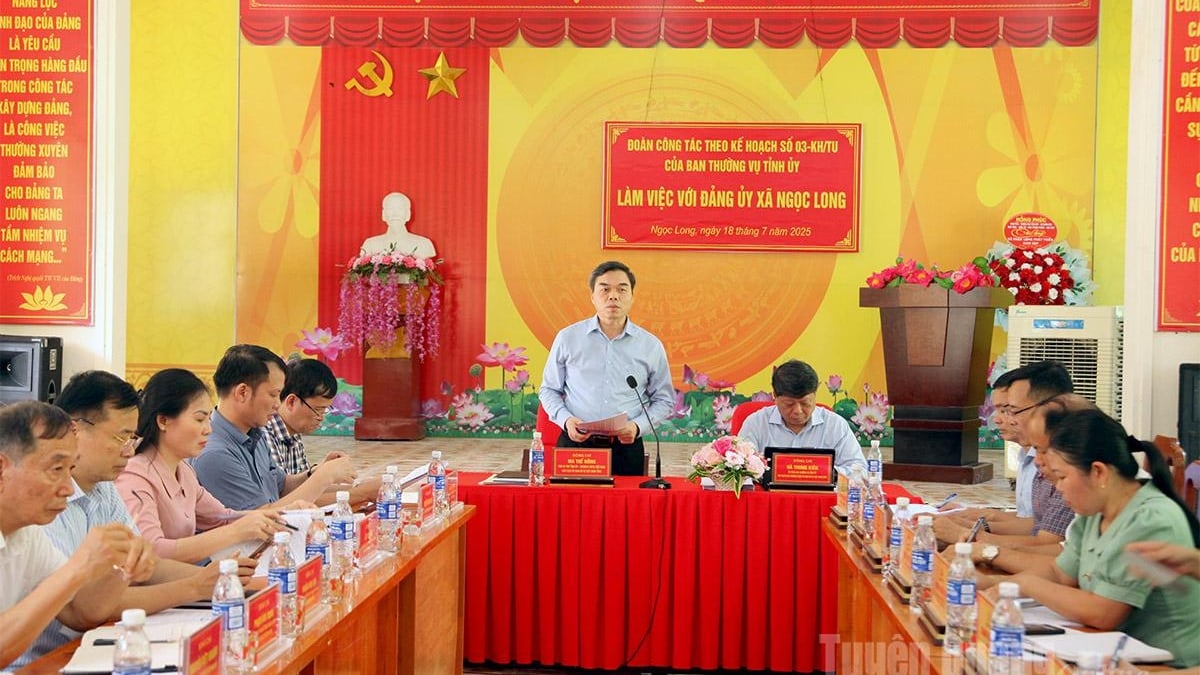
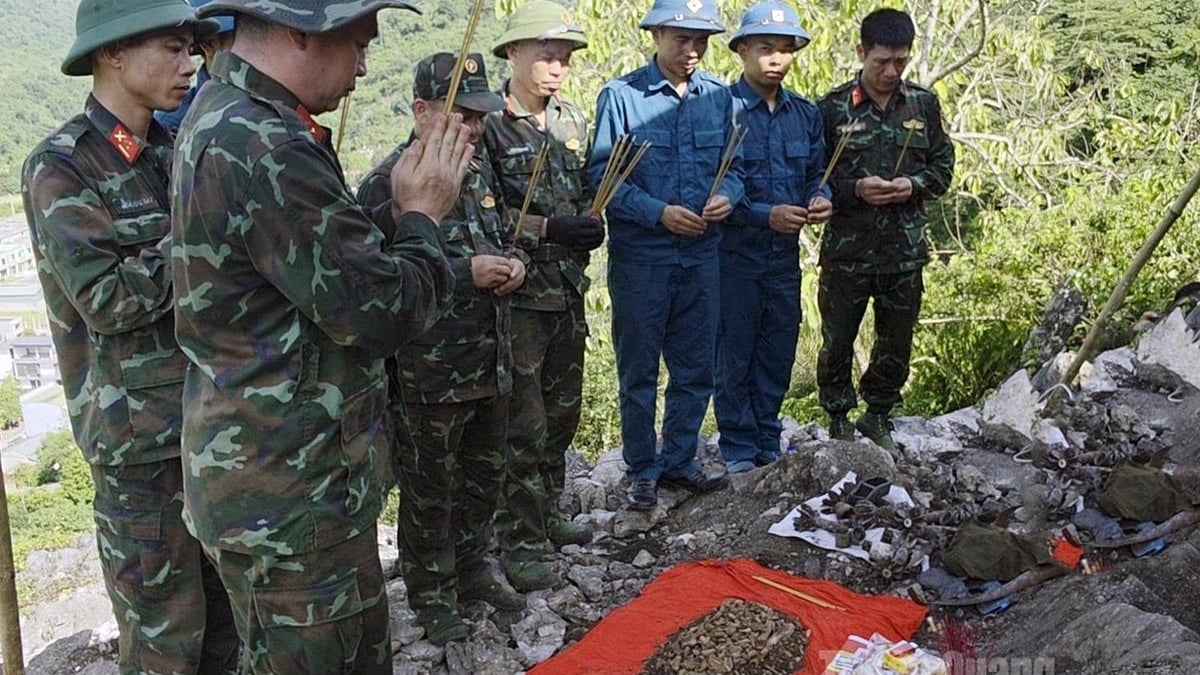


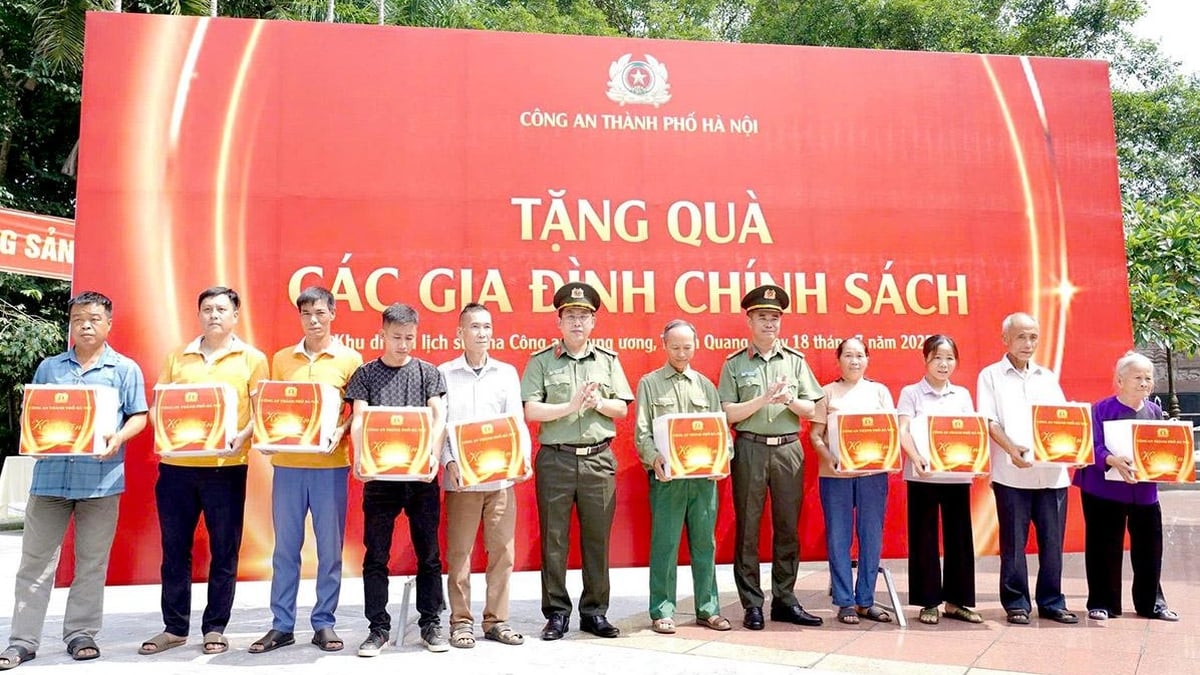



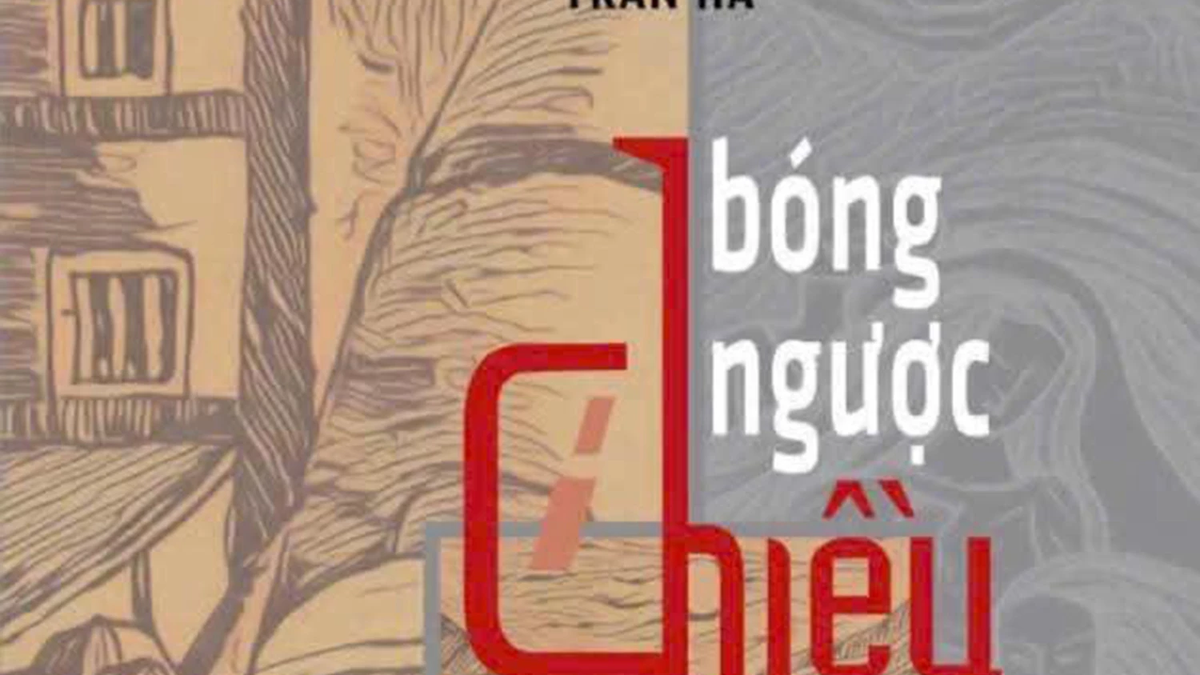


















































































![[Infographic] In 2025, 47 products will achieve national OCOP](https://vphoto.vietnam.vn/thumb/402x226/vietnam/resource/IMAGE/2025/7/16/5d672398b0744db3ab920e05db8e5b7d)





Comment (0)